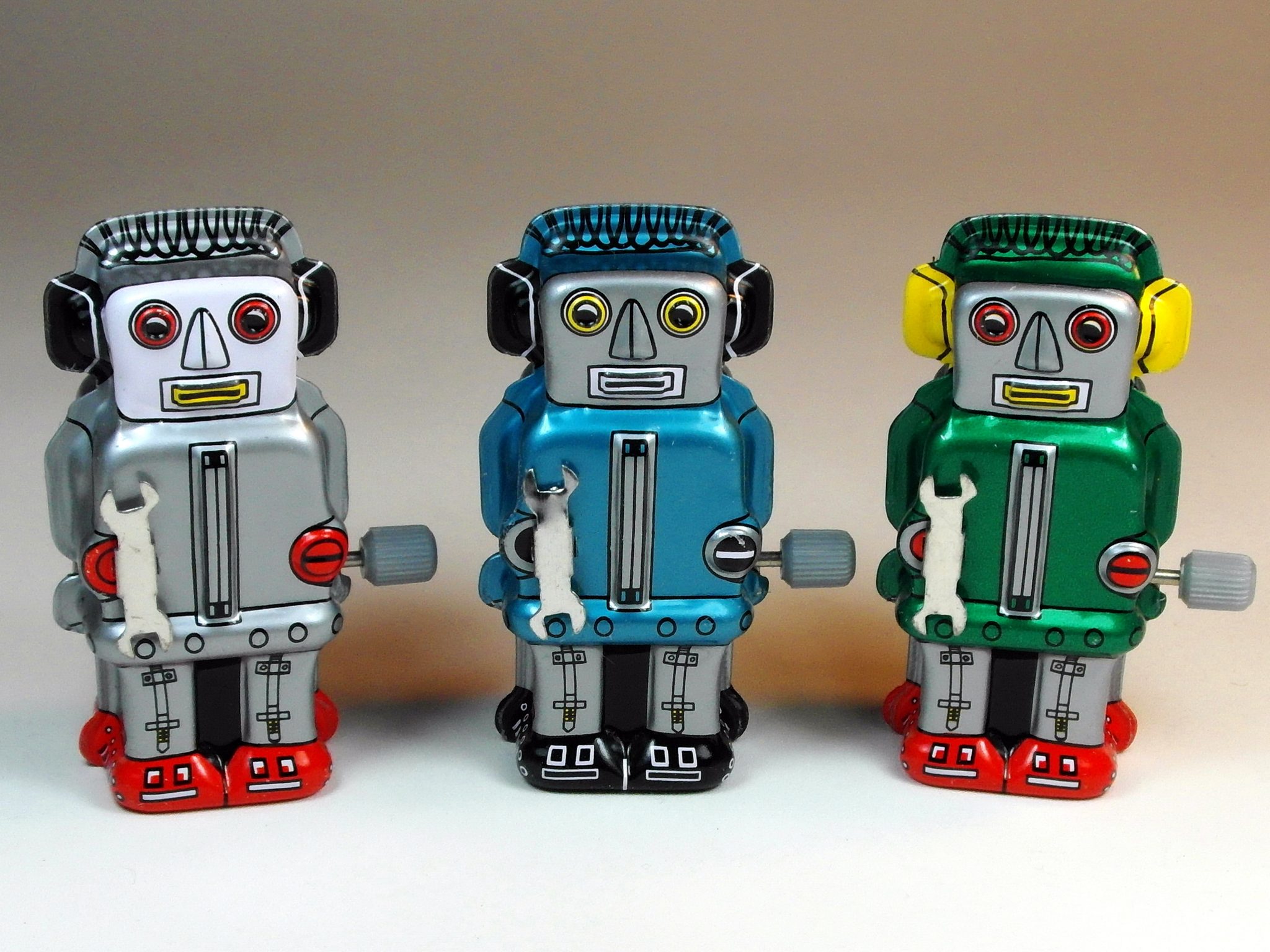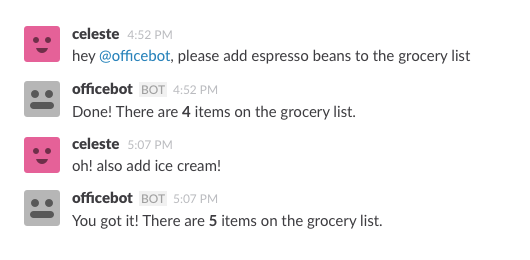If you hear the names Siri, Alexa, or Cortana, almost everyone knows the lovely personal assistants from Apple, Amazon, and Microsoft because chatbots are the legitimate next big thing. The recent resurgence in the quest for artificial intelligence is probably the reason that chatbots are all the rage now, added to the IoT revolution, of course. If you’re thinking about a robot that answers with scripted lines, then you’re not even in the ballpark. Actual AI chatbots can not only communicate and learn, but also be taught to show human emotions and responses when required. Good chatbots aren’t just supposed to know all the right answers, they’re also supposed to not sound like arrogant know-it-alls.

A lot of AI developers put a lot of time and effort into making these interactions as “human” as possible, with chatbots being taught how to understand and use tones appropriately. There is even talk about chatbots used in DevOps processes being taught jokes to relieve potentially stressful situations. The popular opinion however still seems to be on the lines of Siri and Alexa and about how chatbots are essentially just personal assistants. When you talk about chatbots for the enterprise, however, they are basically powerful tools that you can talk to.
Bots in the enterprise
Though collaboration tools like Slack and HipChat are all about collaboration and everyone being on the same page, chatbots are more like having an actual employee, one with an unlimited memory, inhuman processing power, and the ability to keep learning and developing. So while a collaboration app would have all your tools in one place and everyone able to see what’s going on, a chatbot would basically take control, do everything for you, and probably send you some pictures of his cat while he’s at it. These incredibly friendly and increasingly human chatbots can have pre-programmed personalities that can lean toward the more serious, to the sarcastic, to the downright funny.

When you add bots to collaboration tools, that’s when you get into ChatOps territory. Automation is DevOps “nirvana,” and that’s exactly what chatbots like Hubot aim to do. Hubot is an open-source bot program that plays well with collaboration tools and does everything from alerting people, carrying out tasks on applications, and even stopping or starting critical services. Hubot is very social and is always talking to everyone. So while he’s doing the right “ChatOps” thing and keeping everyone on the same “recorded” page, he also knows everyone’s secrets and is famous for cracking insider jokes.
Bots for custom workflows

Hubot comes with a huge number of custom scripts developed by the open-source community, and if you can write Node.js, you can create your own custom scripts, too. True ChatOps is when you can control your entire workflow right from your chat window from Slack or HipChat or whatever collaboration tool you’re using. AI Bots now make that possible with the ability to carry out instructions and access the functional side of the business. Using chatbots to take immediate actions and keep everyone updated at the same time has effectively lifted the proverbial silo that all communication or collaboration apps have always featured.
Having a tool that can intelligently understand what you need and process large amounts of data to learn and give you answers is the next step up from GUIs and dashboards. What’s cooler is the ability to create such a custom tool for yourself without a day’s worth of coding or AI experience. What we’re talking about are chatbot platforms that let you create your own custom chatbot for your app or website that can be custom programmed to serve a number of functions.
Watson in the (blue) mix

Let’s take a look at some of the chatbot platforms that are gaining popularity in the enterprise. IBM Watson is a popular choice as IBM is legendary for its AI capabilities, and everyone who was alive during the 1990s knows how “Deep Blue” beat Garry Kasparov. Their deep learning engine, called “Bluemix,” is probably reminding us of their AI pedigree at some level. Though both HipChat and Slack let you create bots that are preprogrammed, you need to know some level of coding to program them to do tasks that don’t use existing libraries. IBM Watson, on the other hand, lets you train your bots to perform custom workflows with just voice commands, pretrained content and nifty GUIs.
In fact, the people at Slack are so impressed with the way Watson works with Slack that they’ve partnered with IBM to make Slackbot more “Watson-like.” Apart from adopting Watson’s conversation for Slackbot, IBM is also building another Watson-enabled Slackbot from scratch specifically to deal with IT and network operations. Part of the announcement was also a Watson Botkit middleware plugin that lets Watson’s conversation service talk to Slack and other messaging apps. This partnership really makes a lot of sense especially since Slack is among the more popular collaboration tools and Watson is definitely the most popular chatbot.
Choosing the right chatbot
Another great platform that lets you create bots that humans can speak to or text is Wit.ai. Being bought by Facebook just 18 months after they started, Wit.ai lets users create a customer chatbot through an incredibly simple and easy to use API. Bot Framework from Microsoft is another great option to build your chatbots, and they integrate well with Skype, Slack, Office 365 Mail and most Messenger apps, too. IBM advertises that their bots can be custom trained with no machine learning experience at all. To a developer, that’s like saying you can fly an F-16 with no training, just talk to it. Since almost all the top chatbot platforms let you program your bots without coding, it comes down to a matter of preference or even style.
While some people may like funny bots, there are others who like a professional and well-mannered one. It won’t be long before people get over their selfie cameras and become obsessed with training their own bots. Considering wearables are becoming popular and have tiny screens, voice commands are going to play a big part in the near future.
Can’t live without ’em
There was a time where we couldn’t possibly dream about customizing AI bots without coding knowledge, but the folks up in the cloud are set on making our lives as easy as possible. In fact, customizing bots for your website will probably soon be as popular and commonplace as having a website in the first place. People are always about following trends and getting the coolest technology. As far as technology is concerned, bots are pretty much the coolest thing that AI or the enterprise have to offer right now.
Without a chatbot, any enterprise team responding to a failure or an error would need to follow a specific workflow in order to resolve it. Someone would need to raise a ticket, someone else would need to be called, and a lot more people would need to be kept informed and updated. A chatbot does all these things for you and with the leverage of IoT, we could probably track people and alert them via their wearables like wristbands and watches before long.
Photo credit: CBS / Paramount



